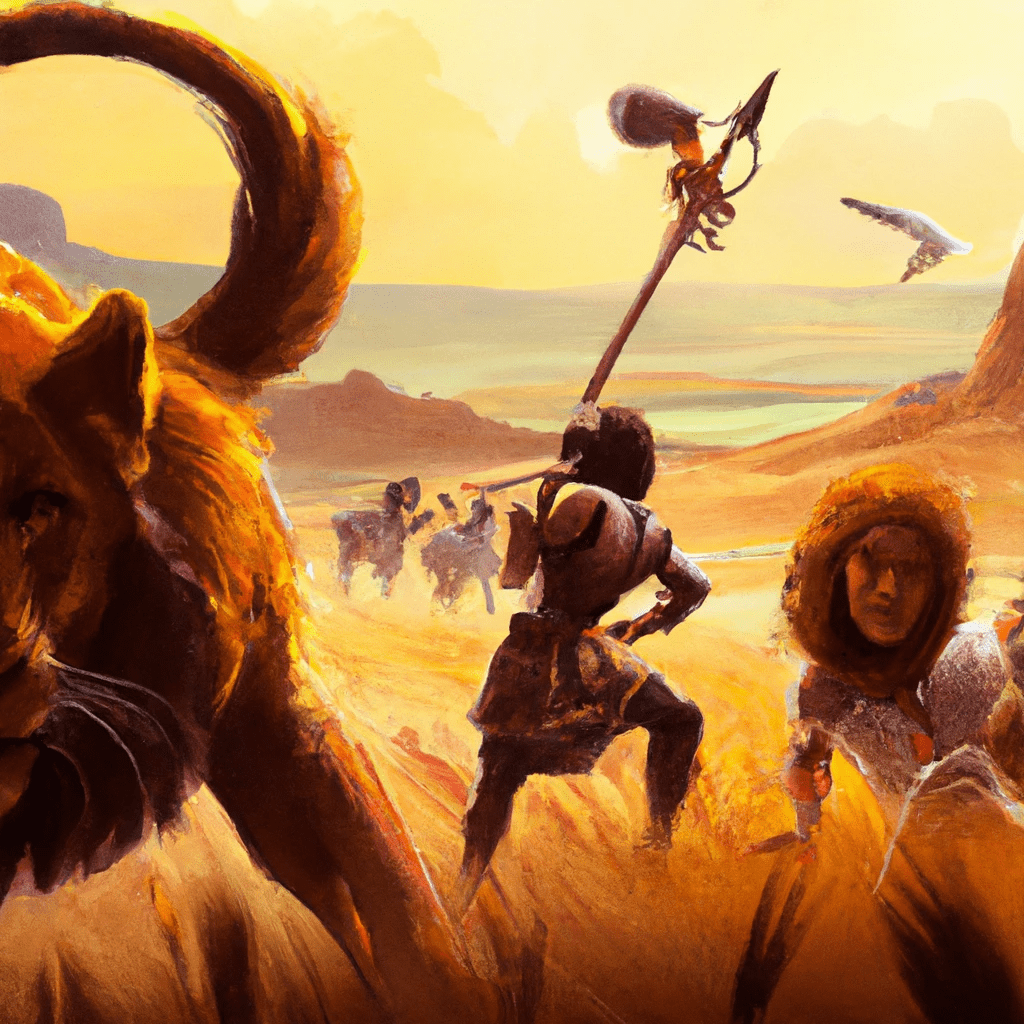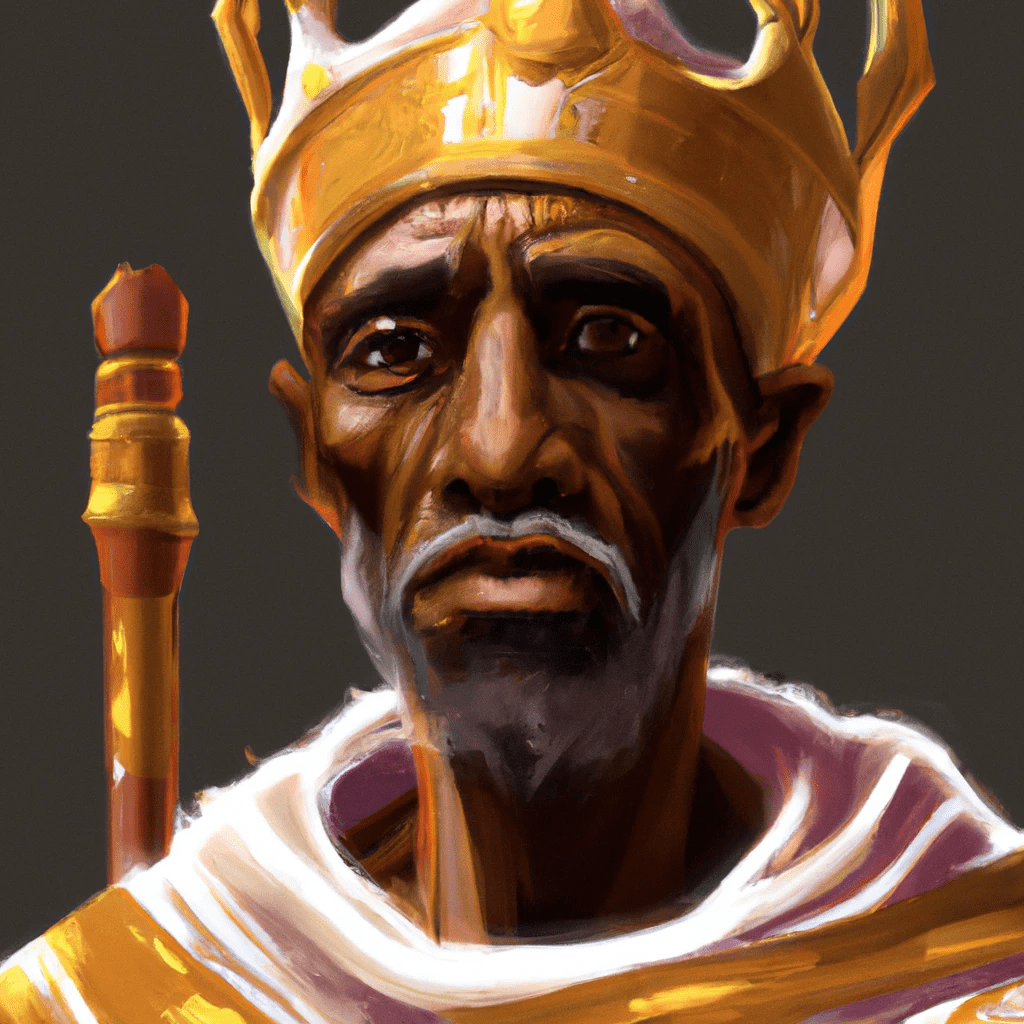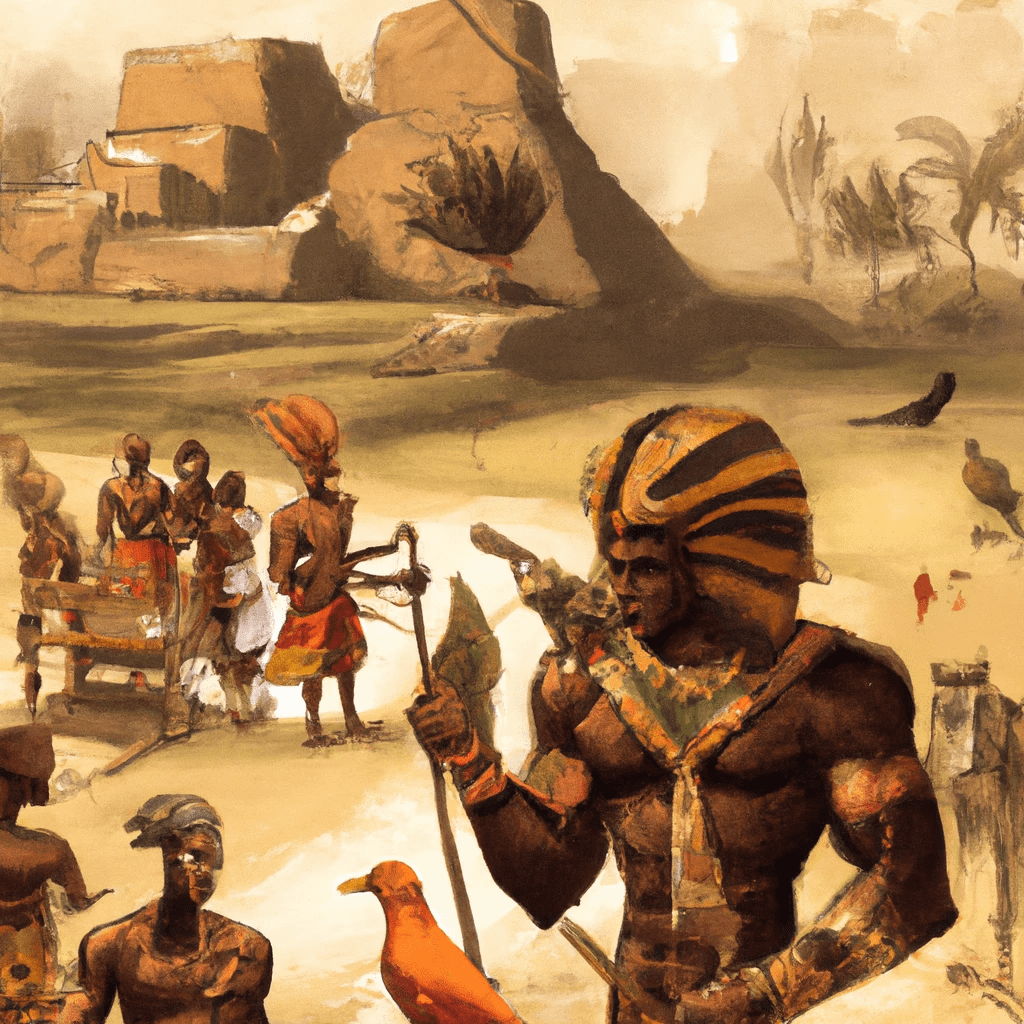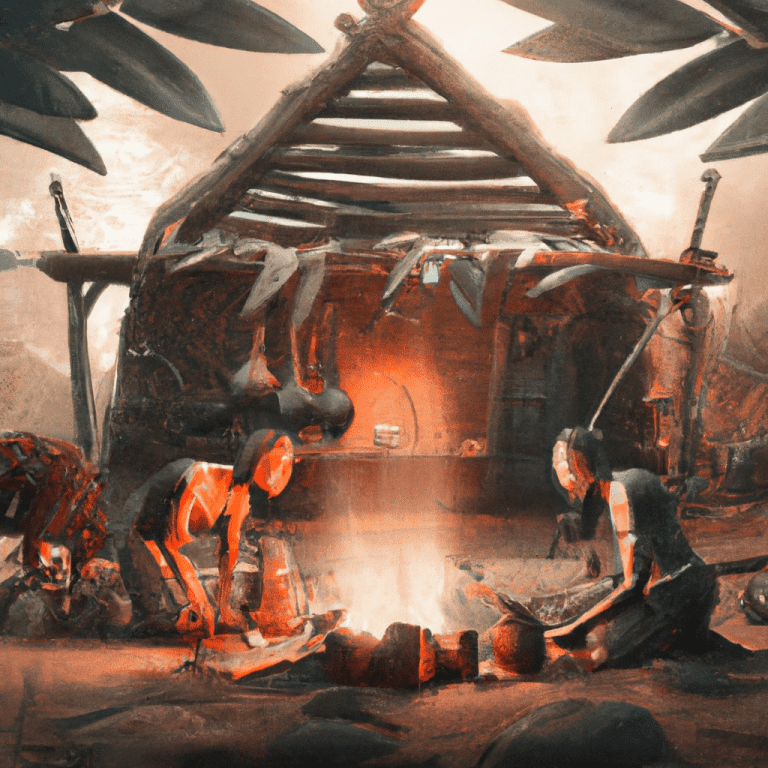The Bunyoro Kingdom, one of Uganda’s ancient monarchies, traces back to the 14th century. It emerged from the Chwezi Empire, reaching its zenith under Kabalega in the 19th century. Despite British colonial challenges, Bunyoro remains a symbol of heritage and tradition in Uganda.
The resilient Nyoro or Banyoro people (singular: Munyoro) are the true heart and soul of Bunyoro. Known as the “people of Bunyoro,” they have weathered countless storms and stood the test of time. Their language, Nyoro or Runyoro, is as beautiful as it is distinctive, a testament to their unique culture and way of life.
In times of old, the people of Bunyoro relied on big game hunting to sustain their livelihood, bravely facing off against fearsome creatures like elephants, lions, leopards, and crocodiles. But as the world has evolved, so too have the Banyoro Kingdom. They have adapted to the changing times, becoming skilled agriculturalists who cultivate bananas, millet, cassava, yams, cotton, tobacco, coffee, and rice.

The people of Bunyoro Kingdom are a proud and faithful people, with a deep devotion to their Christian faith. Under the guidance of their steadfast ruler, King Solomon Iguru I, the 27th Omukama, they have thrived and grown, forging a bright and prosperous future for themselves and their beloved kingdom.
Origins of the Bunyoro Kingdom
The Bunyoro Kingdom emerged like a phoenix from the ashes of the mighty Chwezi Empire in the early 14th century, under the visionary leadership of Rukidi-Mpuga. He ushered in a new era of hope and possibility, laying the foundation for a kingdom that would stand the test of time.

The Babiito people were the proud architects of the Bunyoro Kingdom, rising to the challenge of building a new society where their predecessors, the Bachwezi, had faltered. With unyielding determination, they put their hearts and souls into creating a kingdom that would endure for centuries to come. They were guided by a sense of purpose and a fierce loyalty to their land, their people, and their traditions.
Rise and Fall of the Bunyoro Kingdom
The birth of Bunyoro Kingdom, a new era of hope in a time of turmoil and upheaval. With the dissolution of the Chwezi Empire, new kingdoms arose, but none were as powerful or influential as Bunyoro. Its reach extended far and wide, controlling many of the holiest shrines in the region and the lucrative Kibiro saltworks of Lake Mwitanzige. Its mastery of metallurgy was unparalleled, making it a dominant force in the Great Lakes region, both economically and militarily.
At the heart of the Bunyoro Kingdom’s power lies the kingship, the most important institution in the kingdom. Passed down through the male line, this tradition has a mythic origin that resonates deeply with the Nyoro people. It tells the tale of three brothers, each vying for the crown in a test of endurance and strength. They sat all night holding a pot of sacred milk, the symbol of power and prestige. The youngest, Oukama, emerged victorious, having demonstrated his unwavering dedication and commitment to the kingdom.

This myth encapsulates the deep ties that bind religion and kingship in Bunyoro. It speaks to the Nyoro people’s unyielding faith and belief in their leaders, who are seen as divinely appointed and chosen by the gods to rule. As such, the kingship of Bunyoro is not just a political institution, but a sacred one, imbued with the hopes and dreams of an entire people.
The downfall of the Bunyoro Kingdom
The rise and fall of Bunyoro is a story filled with strife and struggle. By the 18th century, internal divisions began to sow the seeds of decline. The once-powerful kingdom lost control over lucrative territories to neighbouring kingdoms, including the Buddu and Kooki regions to Buganda and the province of Toro. The Rwandan and Ankole empires also made gains, taking over smaller kingdoms that had previously been Bunyoro’s vassals.
As a result, Bunyoro was far smaller by the mid-19th century, though it remained prosperous thanks to its control of trade routes over Lake Victoria and its link to the coast of the Indian Ocean. However, the ivory trade was volatile and led to an armed struggle between the Baganda and Banyoro. This conflict forced the capital to move from Masindi to the less vulnerable Mparo. Following the death of Omakuma Kyebambe III, the region experienced political instability as two kings ruled in a turbulent political environment.

Despite attempts at resistance, in 1894, Great Britain declared the region its protectorate, leading to the annexation of Bunyoro to the British Empire. King Omukama Kabalega of Bunyoro resisted these efforts, but in 1899, he was captured and exiled to Seychelles. The British then put the country under Buganda administrators, which caused a revolt among the Banyoro in 1907. Although the revolt was put down, the region became more autonomous after remaining loyal to Great Britain in World War I.
Bunyoro remains one of Uganda’s five constituent kingdoms, alongside Buganda, Busoga, Rwenzururu, and Tooro. Despite its tumultuous past, Bunyoro’s people remain resilient and have fought hard to maintain their cultural heritage and identity over the centuries.
Related Posts
Sources
Dunbar, A. R. A History of Bunyoro-Kitara. Available at: https://core.ac.uk/download/pdf/19917164.pdf?repositoryId=603.
Steinhart, Edward I. From ‘empire’ to state: the emergence of the kingdom of Bunyoro-Kitara: c. 1350-1890. De Gruyter Mouton, 1981. Available at: https://www.degruyter.com/document/doi/10.1515/9783110825794.353/html
Wikipedia contributors, “Bunyoro,” Wikipedia, The Free Encyclopedia, https://en.wikipedia.org/wiki/Bunyoro (accessed February 17, 2023)





